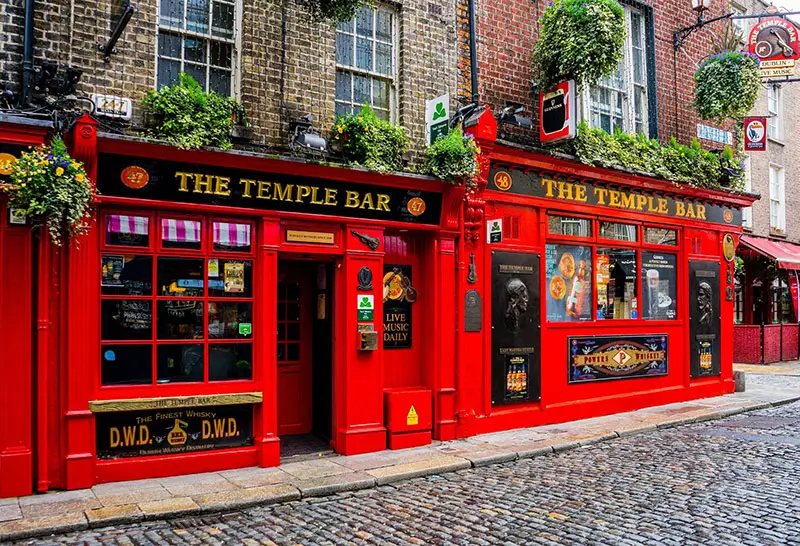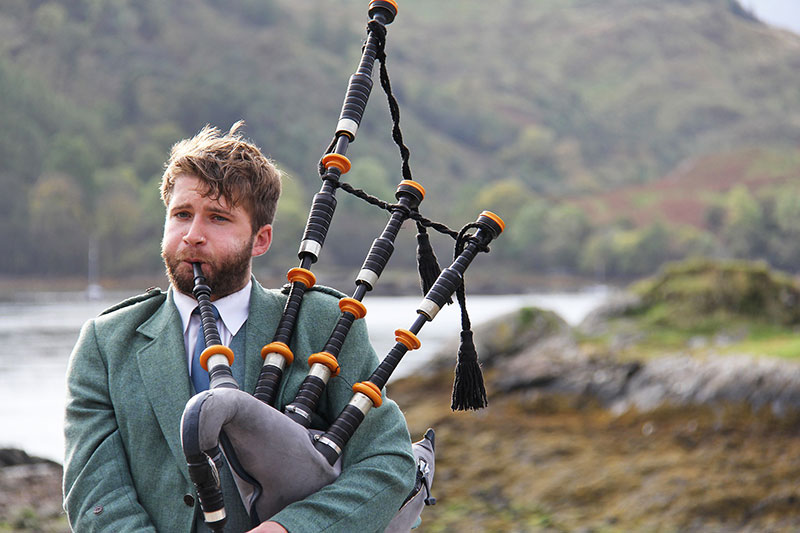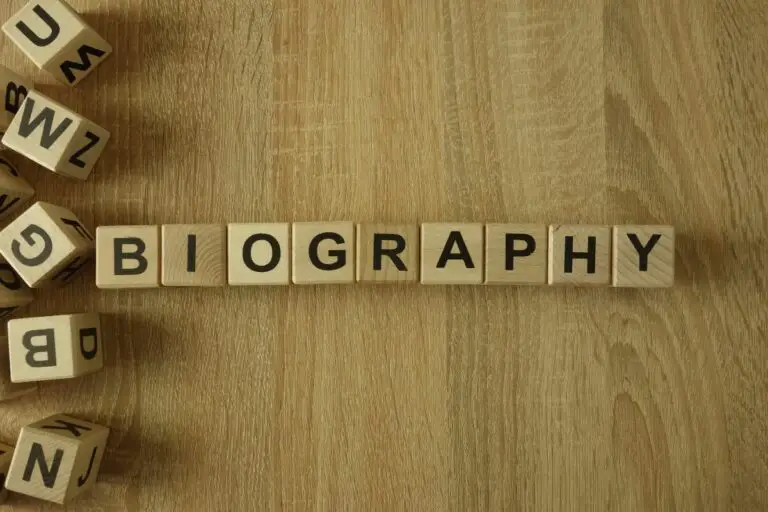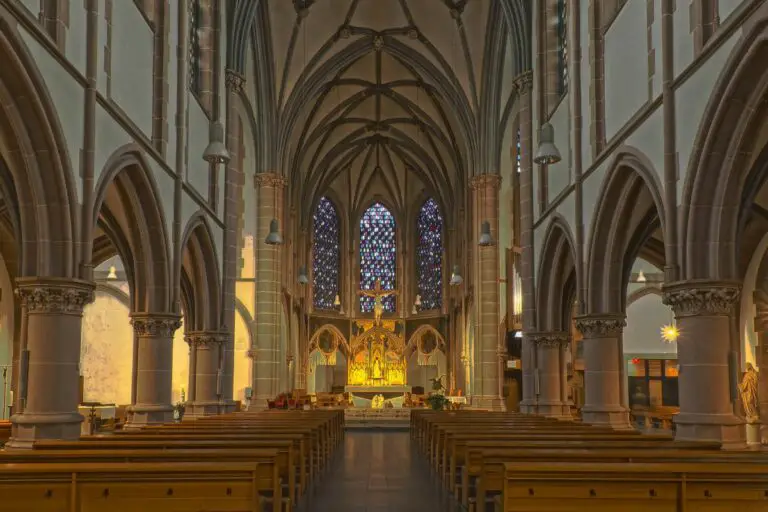What’s the Difference between Ireland and Scotland? (+Table)
Countries with shared history and heritage tend to get compared a lot. Two of these countries are Ireland and Scotland. These two countries seem quite similar, but they are actually different in numerous aspects.
Unlike Scotland, Ireland is a separate island, not a constituent country of the United Kingdom nor the Great Britain. Also, Scots speak Scottish Gaelic, while Irish has the Irish Gaelic as their native language.
Are you one of those who confuse these two and mix up one from the other?
That’s quite understandable because even their names sound alike as both have the word “land” on it. But like their names, these two countries are similar yet not entirely the same.
Read on to know more about the contrasting facts between these two lands.
Ireland
Geography
Ireland is the second-largest island country in Europe.
It is located at the far northwestern side of the continent and composed of the Republic of Ireland and North Ireland.
The country Ireland specifically refers to the Republic of Ireland, which occupies most of the island’s area.
North Ireland is a constituent country of the United Kingdom, meaning it is geographically joined with the republic, but politically separated from it.

Ireland got its nickname “The Emerald Isle” from its vast, green fields. Its land encompasses around 70,273 square kilometers of area.
History
The Celts were Ireland’s earliest known descendants. Celts are Iron Age warriors who were technologically advanced at that time. Scientists say that they began to inhabit the land at around 700 B.C.
In 1170, the Norman Vikings conquered the place, making it an English territory. The Irish people wanted freedom and began uprising revolutionary movements until they achieve sovereignty.
It was in 1922 when the Irish Free State was created within the British Empire. Most of Ireland finally became an independent country in 1948, while the northern part remained a British territory.
You should also read: What’s the Difference between Belgium and Netherlands?
Political System
The whole island of Ireland is actually made up of two states with different administrative systems :
- The Republic of Ireland, the independent state, has a parliamentary, democratic government. It has its president as the head of state and a parliament as the law-making body.
- The other one, North Ireland, is under the British parliament and has the same government system as that of the other constituent countries of the United Kingdom.
Money and Economy
The national currency in Ireland is the euro.
The country’s economy is heavily influenced by the global market. Being a part of the European Union helped Ireland to beat economic stagnation and therefore become a country with an established economy.
Ireland’s economy is said to be a knowledge economy, one which develops financial services and uses high technology to generate value.
Language
Irish people have two main languages: Irish and English.
Irish, also known as Erse or Gaelic, is Ireland’s native language derived from the group of Celtic languages.
From the 2016 consensus, it was determined that 1.76 million people in the country can speak Irish Gaelic. Most of them come from the Gaeltacht region.
Religion
The most widespread religion in Ireland is Roman Catholicism. But aside from this, current Ireland embraces and respects other religions such as the Church of Ireland, other Christian denominations, Islam, and many more.
It is stated in the Constitution of Ireland that the state will not endorse any specific religion and promotes the freedom of choosing one.
Customs and Culture
Ireland maintains a dynamic folk culture. It is said to be a nation of storytellers. This is proved by the considerable number of famous Irish writers; some of them even won the Nobel Prize for literature.

Ireland also excels in music and sports. The harp is its signature musical instrument. They also have their traditional bagpipe that is smaller than usual. Moreover, Ireland is known for its beers, hearty stews, and bread.
Scotland
Geography
Scotland is situated in the northern half of the island of Great Britain. It is surrounded by England, the Atlantic Ocean, and the North Sea.
The country can be divided into three according to geographical form: the lowland regions, the highland regions, and the islands.
Farms and forests make up most of the lowlands while the highlands are known for high mountains with deep lochs.
Several islands surround the country’s coast. The nation has a total area of 77,910 square kilometers.
History
Numerous kingdom successions reigned on Scotland’s history. Some of which faced a conflict between powers.
It was in 1707 when The Act of Union, an act combining Scotland, England, and Wales, was signed. A single parliament with one monarch was created. This monarchy is now known as the United Kingdom of Great Britain.
Also lost about the difference between Scotland and Wales? Click on the link to learn more about this.
Political System
As a constituent country of the United Kingdom, Scotland adapted the system of British politics. In 1999, a new Scottish Parliament was created. This independent parliament is responsible for making the laws in Scotland.

The country can make its decision concerning domestic matters such as health, tourism, education, and transformation, among others. However, foreign affairs, national defense, economic and monetary policy, and the constitution still remain as responsibilities of the British Parliament.
Money and Economy
The pound sterling is the currency used by the Scottish people.
Scotland has thrived to adapt to economic changes brought by globalization.
The Scottish economy is a diverse one, from agriculture to engineering to financial services. Tourism is also another industry that has a significant effect on the country’s economy.
Language
English has been the primary language spoken in Scotland since the 18th century.
Scottish people have the Scots language that is near to traditional English but has a different dialect. Also, the ancient Gaelic language is still spoken throughout the country.
Religion
Recent statistics claim that majority of Scotland’s people don’t belong to a specific belief. But excluding them, the main religion in Scotland is Christianity, with the Church of Scotland having the highest percentage next to Roman Catholicism.
Other Christian denominations present include Presbyterians, Baptist, Pentecostals, and many more. Christianity is not only the largest religion in the country, but it is also one of the oldest.
Customs and Culture
The Scottish Enlightenment paved the way for Scotland’s range of new ideas. Being known as a nation of innovations, Scottish people have brought new concepts, publications, and inventions to the world.
The television, penicillin, and MRI scanner are just some discoveries that enhanced the way of living.

Scotland is also the home of the bagpipe, a loud musical instrument that creates both harmony and melody. It is also known for its local dish called haggis, its Angus beef, and porridge.
Differences between Ireland and Scotland
Geography
The main difference in the geographies of Ireland and Scotland is that the former is separated from the island of Great Britain while the latter lies within the territory of the said island.
In short, Scotland is a part of Great Britain, but Ireland is not.
Excluding North Ireland that is a constituent of the United Kingdom, Scotland is bigger than Ireland in terms of total area.
History
Both Ireland and Scotland were once under the British kingdom.
But Ireland got complete independence and built its own state. On the other hand, Scotland became a part of the British monarchy.
Political System
Ireland’s independent government is a parliament democracy. It has both a president and a parliament.
Scotland is a nation within the state of the United Kingdom, but it has its own legislature, the Scottish Parliament. It is independent in terms of domestic affairs, yet some issues are still to be decided by the British.
Money and Economy
Ireland’s national currency is the euro, different from that of Scotland, which is pound sterling.
Ireland generally has a knowledge economy. Scotland developed a mixed one.
Language
Ireland and Scotland both have English as their principal language. However, the difference in language lies between the types of native Gaelic they use.
Due to historical events and heritage deviation, the Irish Gaelic differed from Scottish Gaelic. Also, the Scottish people have the Scots language, which is English in a different dialect.
Religion
The majority of the Irish people are Roman Catholic.
In Scotland, the predominant Christian denomination is the Church of Scotland, followed by Roman Catholicism.
Customs and Culture
Ireland is a nation of storytellers, while Scotland is home to innovations.
Irish writers are famed around the world; Scottish inventors contributed significantly to the advancement of science and technology.
Ireland is famous for its beer and stews. Scotland has its own haggis and Angus beef.
Comparison table
| Ireland | Scotland | |
|---|---|---|
| Geography | Separated island. | Part of Great Britain. |
| Politic | Independent government. | Linked to the United Kingdom. |
| Money | Euro. | Pound sterling. |
| Language | English + Irish Gaelic. | English + Scottish Gaelic. |
| Main religion | Roman catholic. | Christian. |
| Culture | Lot of famous writers and storytellers. Known for beers and stews. | Lot of famous inventors. Known for haggis and Angus beef. |
FAQ
Is Ireland bigger than Scotland?
The island of Ireland is slighter bigger than Scotland (84,421 km²), but the Republic of Ireland is smaller. The Republic of Ireland is 70,273 km², while Scotland is 77,933 km².
Why are Scottish and Irish so similar?
Scottish and Irish share the same roots in history, they both were part of the British kingdom, speaking the same languages. They evolved recently in various path, but are still very similar.
Is Scotland part of Ireland?
No, Scotland lies on the main island of Great Britain, Ireland is a separated Island where you can find the Republic of Ireland and Northern Ireland (which are distinct countries).
Conclusion
The past colonization of powerful countries is the greatest influence from which a country’s culture can originate from. The desire for freedom and efforts for improvement of Ireland and Scotland brought what they have now as a nation.
They were once united in one kingdom, but the historical events ultimately separated them. Thus, each gained their own kind of independence.
Hopefully, these differences between the two countries clear your confusion about them. For a country would want distinction like how it wanted freedom.






